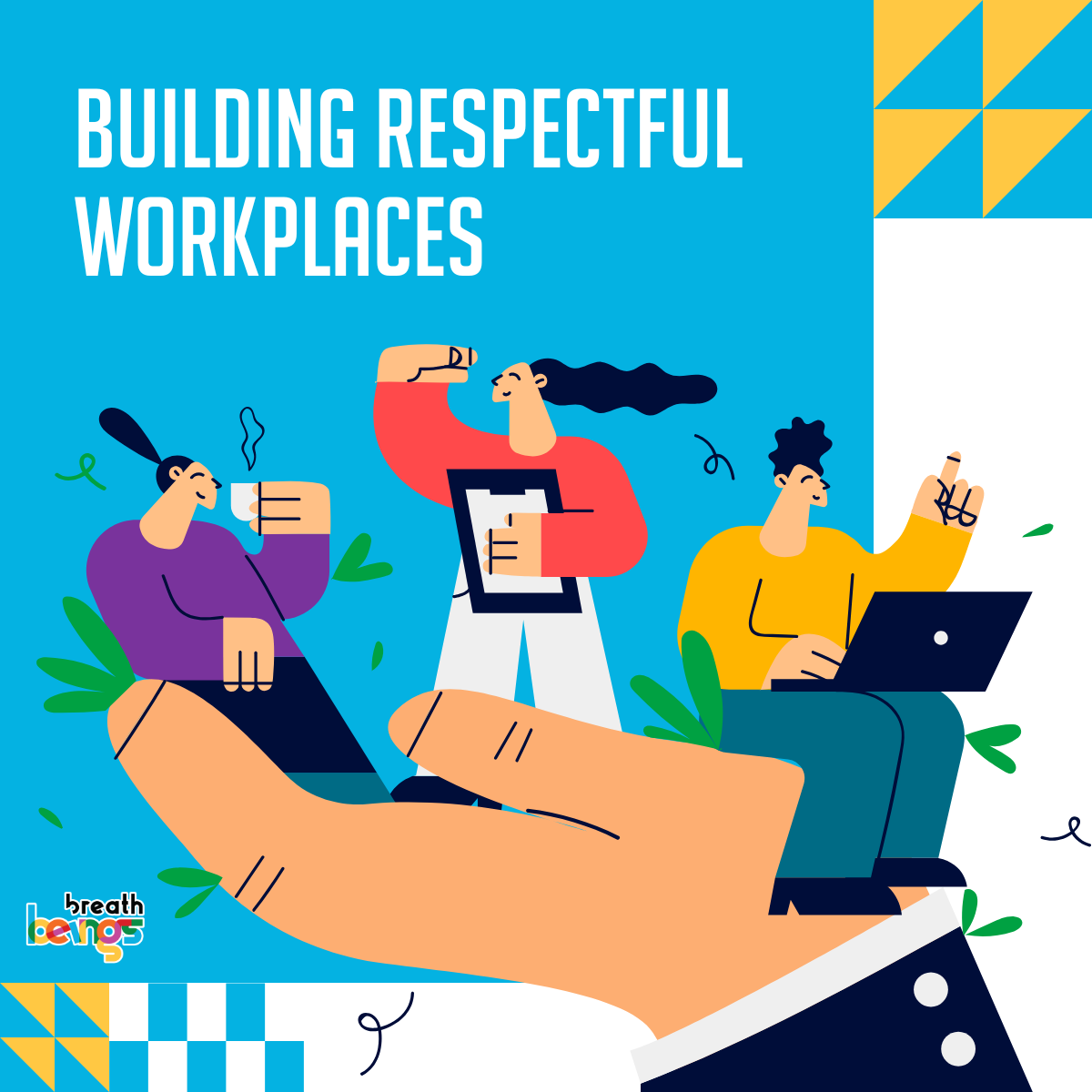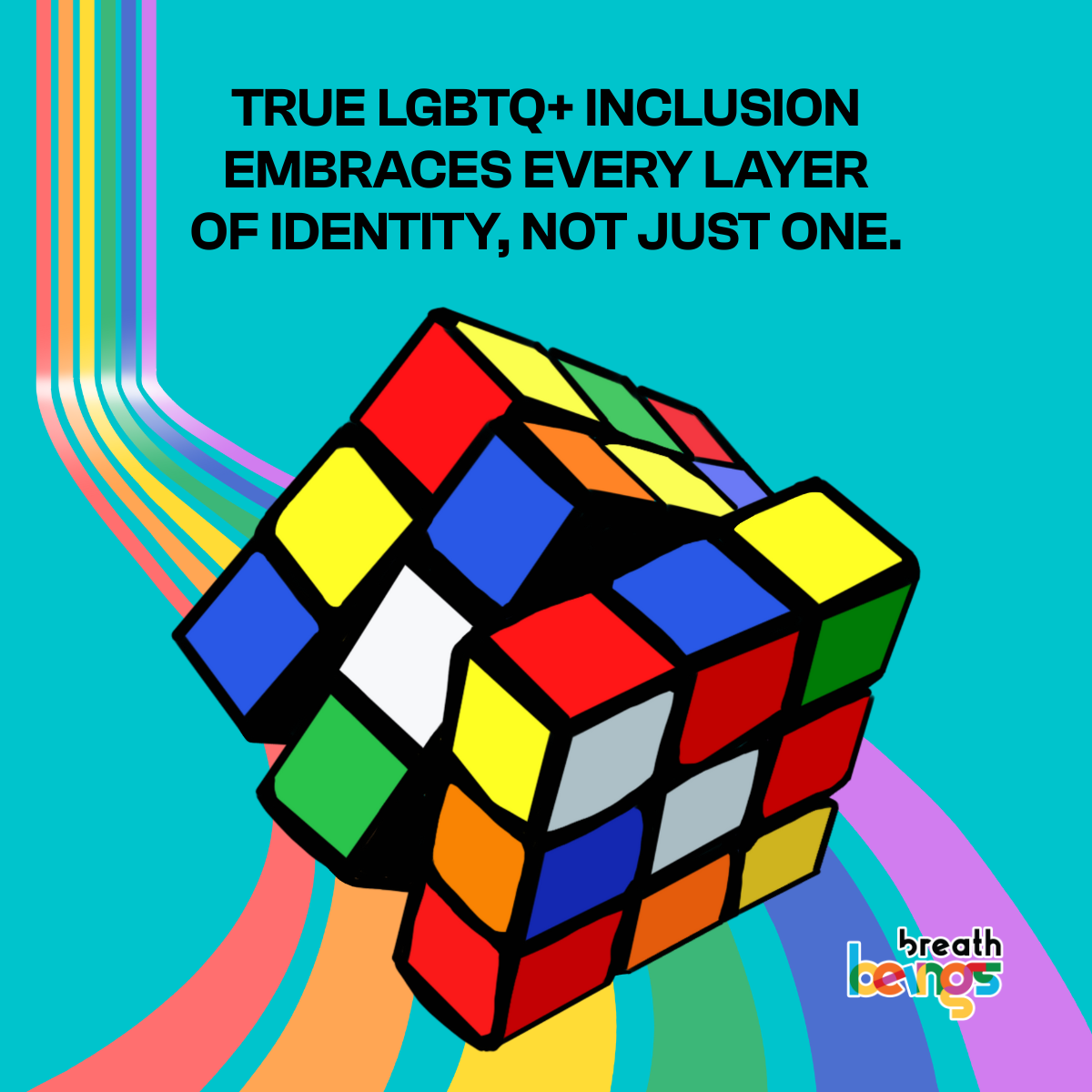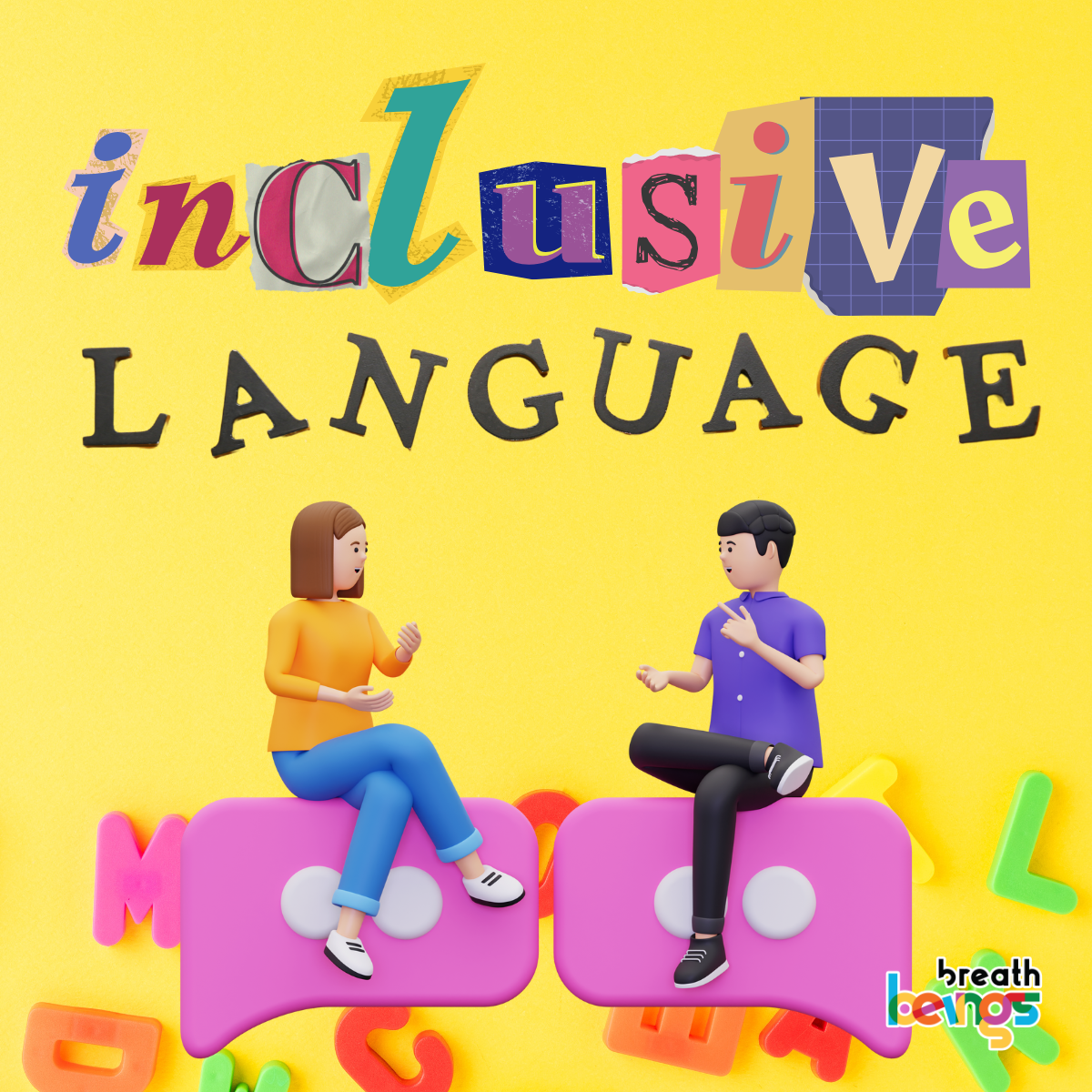I am a woman leader today. A role model for people to be inspired by.
But,
I am a first generation engineer from my family
I was the first in my entire village to leave to a city to pursue higher education
I come from a family where higher education was an option only for boys
I had to convince my entire family that this was a right decision for me and my future
Pause.
The story has just begun, within the first few lines, we already understand the leadership qualities that this particular leader brings to the table. We already know that she is resilient, she is focused on her goal and an achiever in her right, while she navigates through the challenges thrown her way.
Our women’s leadership development programs bring these stories alive.
They help leaders establish their brand in the workplace. They help build emotional connection and recall, in a very authentic manner.
Why use storytelling as a tool?
Storytelling is as old as humanity itself. It has been one of the oldest forms of communication and building mutual connections. It has the power to captivate, inspire and persuade people to be their best selves. It has been a powerful tool to understand and harness the ability to understand each other’s cultures and perspectives.
In the contemporary corporate world, it is no different as this ancient art of communication has emerged as an excellent tool, particularly for women leaders to seek, amplify and drive innovation while creating an inclusive workplace.
But we need to understand why storytelling is important for women leaders. Some of the reasons are:
- Breaking bias and re:scripting gender narratives: By sharing personal and professional stories, women leaders can challenge stereotypes and humanise their experience to foster deeper connections with fellow employees. Storytelling can be a powerful tool to deconstruct biases and create an equitable workplace.
- Building trust: By sharing personal and professional experiences, women leaders can build trust and create a sense of shared purpose. Being authentic and demonstrating vulnerability gives people a sense of belonging.
- Motivating teams: Stories are what create passion and give the sense of shared purpose. By sharing personal stories within organizational goals, women leaders will be able to advance teams forward to become active participants in taking their company toward the future.
- Driving innovation: Women leaders are able to inculcate the culture of innovation and risk taking through sharing stories of surmounting challenges and celebrating past successes.

Storytelling as an Empowerment Tool
Storytelling offers a platform for sharing vantage views, challenging stereotypes, and aids in gaining credibility. This enables women to build compelling narratives about themselves as thought leaders, inspiring many other women while getting the requisite visibility that will help propel their careers forward.
Storytelling as a Bridge Builder
With today’s ever increasingly diverse and interconnected world, effective communication needs to transcend the barriers between cultures and generations. Storytelling shares a view and promotes compassion. Personal stories can uncover a common humanity among women leaders: this serves to tear down walls and promote collaboration.
For example, a woman from a different cultural background who is in a leadership position may share stories about how she was raised and what values she now brings into the work environment. In doing so, she would enhance intercultural understandings, build trust, and make the environment that much more inclusive for everyone to feel respected and valued.
Storytelling as a Change Catalyst
Organizational change can be daunting, and communicated through stories, it can turn into a transformation catalyst. Women leaders frame change in progress and opportunity and hence make it hopeful, building momentum to get over resistance. By engaging in women’s Leadership Training program women can get the tools to be change catalysts in the organizations.
Take the example of a woman leader who championed digital transformation. By sharing stories about how employees and customers were wrestling with increasingly difficult challenges, she built an increasing sense of urgency around the digital transformation. Focusing on the benefits that would be delivered by the transformation, she instilled hope and optimism as a means to motivate teams toward the new reality.
Storytelling as a Business Advantage
This could spell corporate success or doom at the business level. The women in leadership can utilize compelling brand stories in developing their organizations, building brand loyalty, and even attracting talent into their organizations. Furthermore, storytelling may be used to express company values, purpose, and vision, thus engaging both employees and customers.
For example, a woman leader in the fashion industry may narrate a story about how the company’s sustainability practices are working towards having a positive impact on the environment. She connects with customers emotionally to drive sales and build the reputation of the company as socially responsible.
Storytelling as a Cultural Equalizer
Storytelling can democratize, giving voice to all. It provides a challenge to traditional hierarchies and creates a culture that values ideas over title. Women telling their stories also contributes to a place that is more fair and inclusive.
Storytelling enables organizations to establish a more democratic and participatory culture where every soul feels empowered to contribute. It could be the key to increased innovation, creativity, and employee engagement.
Conclusion
In conclusion, storytelling is such a powerful tool that women leaders can use in driving extraordinary results. Through engagement in a female leadership training and by using storytelling as a tool for women leaders, organizations will be able to create space for women to amplify their influence, inspire their team, and drive innovation to create a place of work that fosters and thrives on inclusivity.













